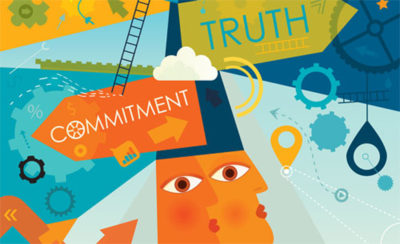![illustration [Converted]](http://blogs.nursing.jhu.edu/wp-content/uploads/2016/08/highresethics-150x92.jpg)
Imagine this: You are a nurse. A new patient comes in and you already have eight other patients. This new patient does not react well to the pain relief medication the physician has been giving her. You know it’s not enough and try calling the physician, but cannot convince the physician that something is wrong. All you can do is inform the charge and supervising nurses, document the situation, and go to your other patients. You wonder, “How can I be a ‘good nurse’?” The feeling of being able to do nothing when you know something is wrong is called moral distress and is extremely common in nurses and other health care professionals.
Typically, moral distress has been described as a victimization, but this article offers an alternative route – turning this feeling of powerlessness into resilience and empowerment. In “Moral Distress: A Catalyst in Building Moral Resilience“, the concept, impact, and prevention practices are laid out to help empower nurses and keep moral distress at bay. Two of the authors, Cynda Rushton and Melissa Kurtz, are from the Johns Hopkins School of Nursing.

ABOUT THE AUTHOR: CRAIG LEE
With the world becoming more connected through tweets, posts, shares, and pins, Craig keeps the School of Nursing in the mix with the ever growing, complex web of social media. Craig manages all of the Johns Hopkins School of Nursing’s social media accounts including Twitter, Facebook, Instagram, Google+, YouTube, and LinkedIn.

 You’re Welcome
You’re Welcome Nursing Named Most Trusted Profession for 22nd Consecutive Year
Nursing Named Most Trusted Profession for 22nd Consecutive Year Best of On The Pulse 2023
Best of On The Pulse 2023 From the Dean: Here & Now
From the Dean: Here & Now The Learning Collaborative: ‘I Think I Can, I Think I Can …’
The Learning Collaborative: ‘I Think I Can, I Think I Can …’







